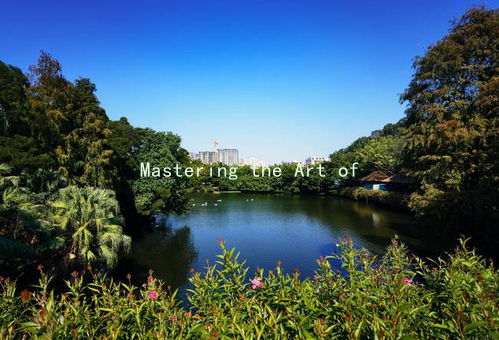Mastering the Art of Communication: Essential Poses and Techniques for Couples
Mastering the Art of Communication: Essential Poses and Techniques for Couples
Effective communication is the cornerstone of any successful relationship, especially in the arena of romance and partnership. While we often think of communication in terms of words, it encompasses a variety of non-verbal cues and techniques that can deepen connections between partners. Here, we explore essential poses and techniques that couples can adopt to enhance their communication skills and improve their relationship dynamics.
1. The Power of Eye Contact
Nothing speaks louder than the eyes. Maintaining eye contact during conversations demonstrates attentiveness, honesty, and a genuine interest in what your partner is saying. It can foster intimacy and help both individuals feel more connected. However, it’s essential to balance this; too much can feel confrontational, while too little may come off as disinterest. Aim for a comfortable, natural rhythm that feels engaging rather than overwhelming.
2. Open Body Language
Your body language can convey a wealth of information, often more than words ever could. Adopting an open posture—uncrossed arms and legs, and facing your partner—signals that you are receptive and available for conversation. Leaning slightly towards your partner can also indicate engagement and interest. Conversely, closed body language can create a barrier, potentially leading to misunderstandings.
3. Mirroring Techniques
Mirroring involves subtly copying your partners body language and tone of voice. This technique can create a sense of comfort and connection. When both partners reflect similar gestures or expressions, it fosters empathy and understanding, making both individuals feel more in sync. However, it’s important to keep it natural and not overly obvious, as it could come off as mockery.
4. Active Listening
Effective communication requires not just speaking, but also listening. Active listening means fully focusing on your partner, acknowledging their feelings, and responding thoughtfully. Use affirming gestures or verbal nods like “I see” or “I understand” to show that you’re engaged. Repeating back or paraphrasing what your partner has said can further demonstrate your commitment to understanding them fully.
5. The Art of Pauses
Sometimes, silence can be equally powerful in a conversation. Taking a moment to pause before responding allows both partners to reflect on what has been said, rather than jumping straight to a reaction. This technique can help de-escalate potential conflicts and allow for more thoughtful communication. It shows that each partner values the conversation and desires to respond meaningfully.

6. Timing and Setting
The environment and timing of important conversations can greatly influence their outcome. Choosing a private, comfortable space free from distractions allows for a more open dialogue. Additionally, consider the emotional state of both partners. Discussing something significant when one partner is stressed or upset may lead to miscommunication. Strive for moments when both of you are receptive and calm.
7. Use of I Statements
Expressing feelings through I statements rather than you statements can prevent defensiveness and promote a healthier conversation. For example, saying “I feel neglected when you don’t respond to my texts” instead of “You never text me back” shifts the focus onto your feelings instead of placing blame. This approach encourages a more compassionate response from your partner.
8. Sharing Physical Space
Physical proximity can enhance emotional closeness. Sitting or standing close to each other can communicate affection and support. Gentle touches, such as holding hands or a reassuring shoulder squeeze, help reinforce connection. Physical gestures can be vital for conveying support and love, making verbal communication more effective.
9. Creating a Safe Space for Vulnerability
Encouraging an open dialogue about feelings, fears, and desires is essential. Establish a safe space where both partners can express themselves without fear of judgment. This environment fosters trust and encourages vulnerability, allowing deeper conversations that promote emotional intimacy.
10. Check-Ins and Follow-Ups
Frequent check-ins about each others thoughts and feelings help maintain open lines of communication. Regularly asking How are you feeling about our relationship? or Is there anything on your mind that you’d like to discuss? shows that you care and value your partner’s perspective. Follow-ups on previous conversations reflect commitment and investment in the relationship.
In conclusion, mastering the art of communication requires practice, patience, and a willingness to learn from each other. By implementing these poses and techniques, couples can create a more profound connection grounded in understanding and respect. Fostering effective communication not only strengthens relationships but also builds the foundation for a lasting partnership.





